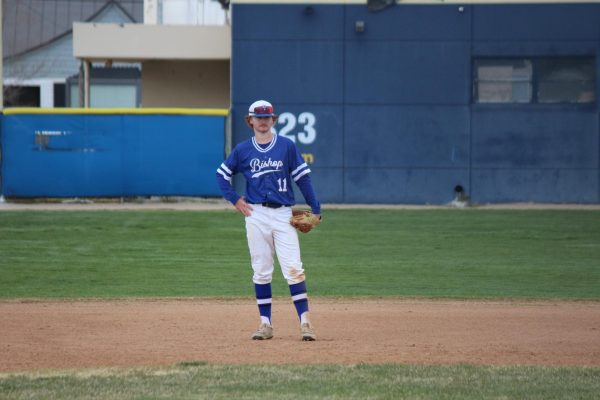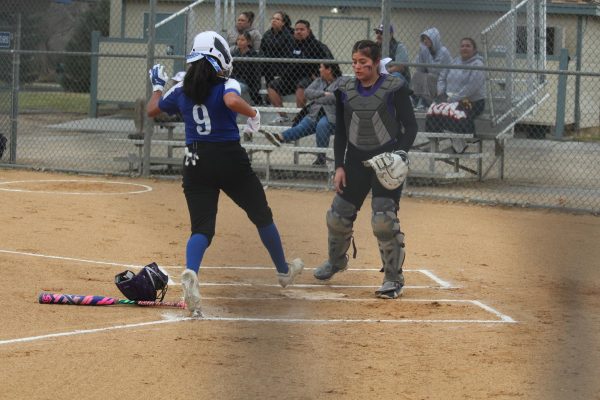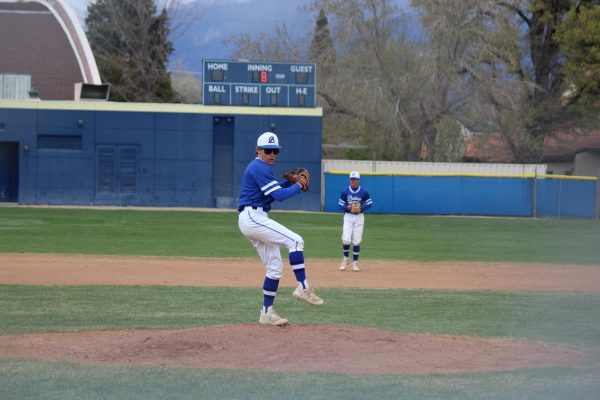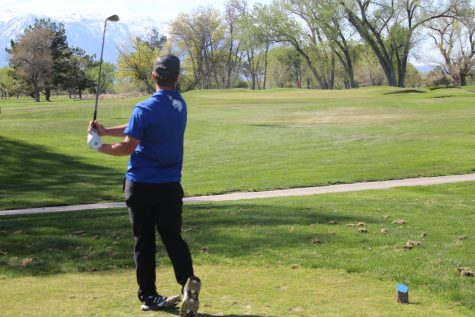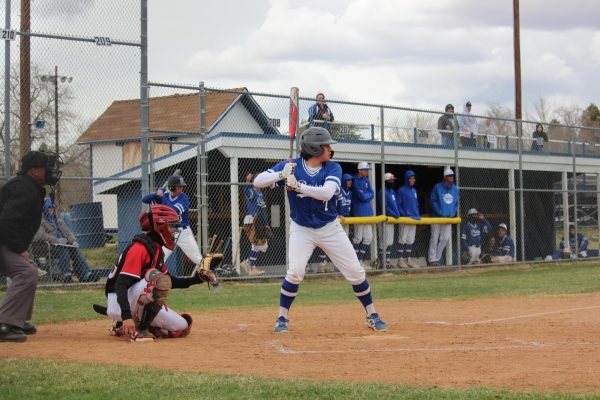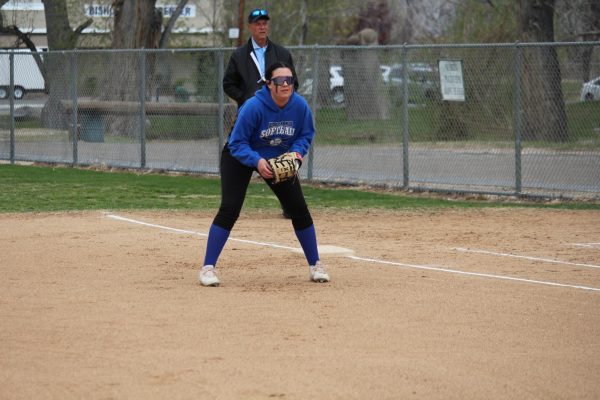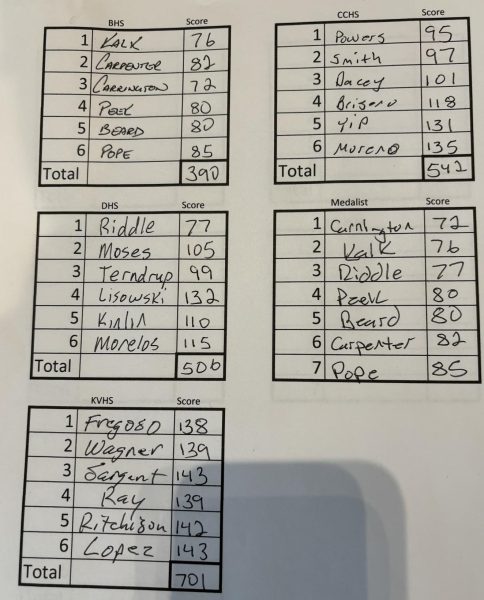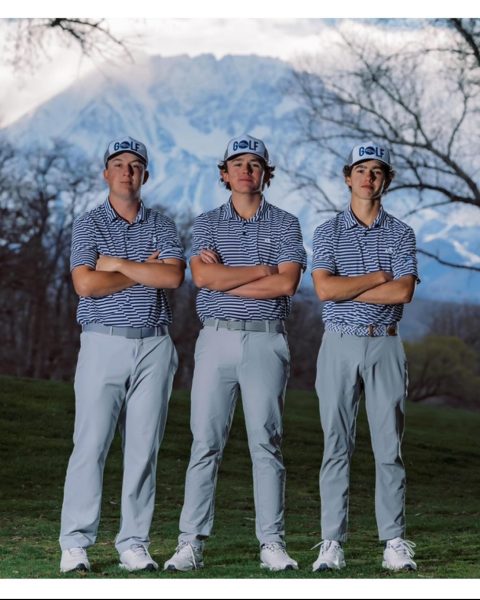As a young girl, our family would go and look at Laws Museum, which is located in the Owens
Valley. Of course, being that young, I did not know why we did or what was so important about it. I
thought it was just an old, beat up ghost town, until one day I walked into an exhibit there and say my
great grandmother, my grandmother, my uncles, and my father’s picture up. I asked my Nana, “Why are
you guys up there?” and she said, “Because your great grandmother married a McNally.”
Before I jump right into my family history, let me give you a bit of background information about
what the town of Laws was really about.
For starters, the Carson and Colorado Railroad Company was clearly not supposed to go
through California. So how in the world did people in up in the Owens Valley? Well, the train just so
happened to stop in Keeler, California. Originally, the plan was to make it to the Colorado River.
However Keeler was about 350 miles from Mound House, which is where the railroad started in
Nevada, and it actually passed right through the Owens Valley. To cut a long story short, people arrived
there because it was good the livestock and farming industry, as well as the mining center. The railroad
was a big plus as well because it shipped certain merchandise that people needed in the small town of
Laws. Thankfully, my great ancestors ended up there.
The McNally’s were native Irish who traveled to the Owens Valley in the 1870’s. They
originally immigrated to the U.S. in 1849 to New York, but left in 1851, and made their way to Nevada,
then California. Most of the McNally’s are buried in Pioneer Cemetery or near the Owens River. The
McNally’s built the first large ditch to take water out of the Owens River. However, the Mcnally’s didn’t
just go to the Owens Valley. Some stayed in New York, while others stayed in Carson City, Nevada.
James and Catherine had three sons and two daughters. My great grandmother, Thelma McNally, who
was originally Thelma Meinke, married Joe McNally who was one of the sons from the original families
children. My great grandma is still recognized at the Laws Museum today. She sadly passed away in
2006 at the age of 95. Talk about being remembered. 

Although the town of Laws was only in the Owens Valley for a short time, the McNally name stayed in bishop. My great grandma Thelma is in an old Tennis photo that still hangs in Bishop Union High School today. My grandmother also was born and raised in Bishop California, and even graduated from Bishop Union High School. She still lives in Bishop with her husband today, where he was also born and raised. They had three lovely boys, which two happen to be my awesome uncles and my one of a kind father, which were once again born and raised in the beautiful Owens Valley. There is a house still located in Bishop California today that was originally built in 1903 for the McNally’s.
So where did the name of Laws come from? Many say that the train station was named Bishop Creek, however, according to Clarabelle Hawkins, who wrote “Story of Laws”, she says that it was named “Laws” after the assistant superintendent R.J. Laws. She received this information from her father, and later got confirmation from a former Bishop resident, Gus Cashbaugh, who attended the station school at Laws. As she put in her booklet, “…his mind is as clear as a bell on the early history of Laws.”
Another question someone might ask about Laws is, what do people do in such a small populated




